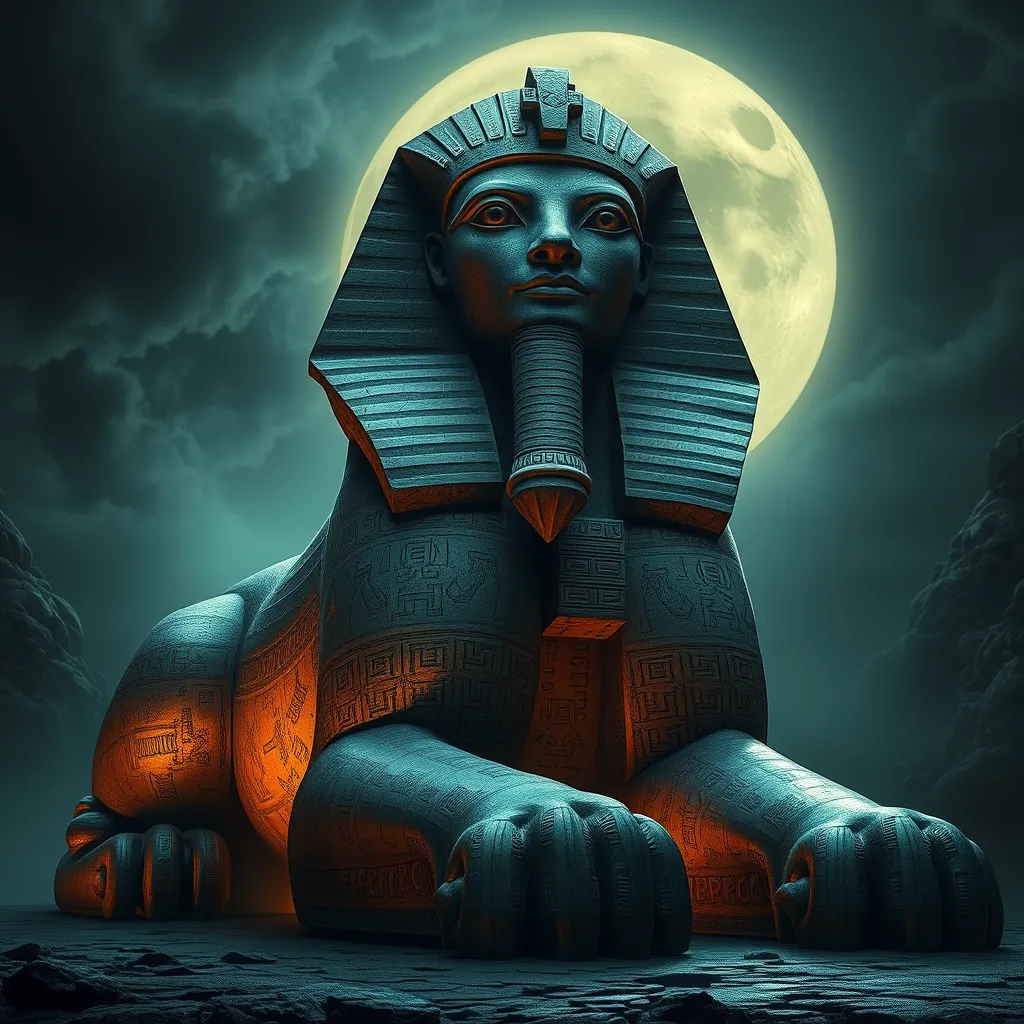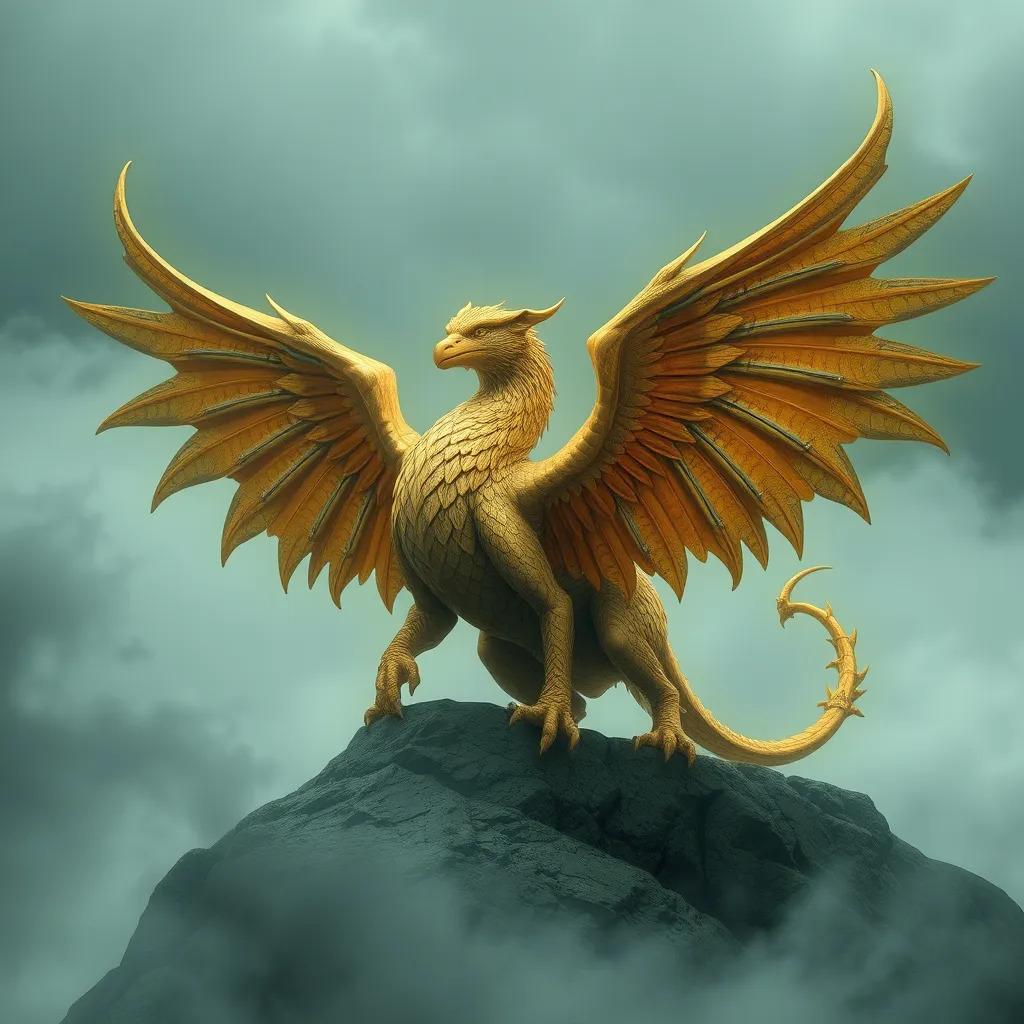The Selkie’s Power of Transformation: Examining the Myth’s Themes of Change and Metamorphosis
I. Introduction
Selkies are mythical beings from Scottish and Irish folklore, often depicted as seals that can shed their skins to become human. This unique ability represents not just a physical transformation but also a deeper cultural significance tied to themes of identity, freedom, and the natural world. The Selkie myth encapsulates the essence of transformation and metamorphosis, exploring how these themes resonate with the human experience. The purpose of this article is to delve into the deeper meanings behind the Selkie myth, uncovering its rich layers of significance.
II. The Origins of the Selkie Myth
The Selkie myth has its roots in the coastal cultures of Scotland and Ireland, where the sea was both a source of livelihood and a realm of mystery. The origins of the Selkie story can be traced back to the early medieval period, with its narratives shaped by the harsh yet beautiful landscapes of the North Atlantic.
- Historical Roots: The earliest references to Selkies are found in Scottish folklore, often associated with the Orkney and Shetland Islands.
- Geographical Context: The myth reflects the lives of coastal communities who relied on the sea for sustenance.
Variations of the Selkie story exist across different cultures, including in Norse mythology, where similar creatures inhabit the waters. The oral tradition played a vital role in preserving these tales, passed down through generations, evolving with each retelling while maintaining their core themes.
III. The Dual Nature of Selkies: Human and Seal
The Selkie’s ability to transform from seal to human is central to the myth. This transformation symbolizes duality, capturing the essence of both identities.
- Physical Transformation: Selkies shed their seal skins to reveal their human forms, a striking image of metamorphosis.
- Symbolism of the Seal: As creatures of the sea, seals embody freedom and fluidity, reflecting the ever-changing nature of life.
- Human Aspect: The human form of the Selkie represents identity, belonging, and the struggle between two worlds.
This duality prompts reflection on our own identities and the transformations we undergo throughout our lives.
IV. Themes of Change and Metamorphosis
The Selkie myth is rich with themes of emotional and psychological transformations experienced by its characters. These transformations often stem from profound experiences, such as love and loss.
- Emotional Transformations: Characters in Selkie stories frequently undergo significant emotional changes that reflect their inner struggles.
- Impact of Love and Loss: The bond between Selkies and humans often leads to heartbreak, highlighting the complexities of love and attachment.
- Freedom and Captivity: The narrative illustrates the tension between the desire for freedom and the constraints of human relationships.
Through these themes, the Selkie myth invites us to examine our own experiences with change and the emotional landscapes that accompany them.
V. The Role of Environment in Transformation
The sea serves as a powerful symbol of change and the unknown in the Selkie narrative. It is both a source of life and a realm of danger, shaping the journeys of Selkies and their human counterparts.
- The Sea as a Symbol: The ocean represents the vast possibilities of transformation and the unpredictable nature of life.
- Coastal Landscapes: The rugged shores and tranquil waters of the coast influence the Selkie’s journey, serving as a backdrop for their stories.
- Interactions with Nature: The relationship between humans and the natural world is integral to the myth, reflecting a deep respect for the environment.
These interactions emphasize the importance of understanding and respecting the forces of nature, which are often beyond our control.
VI. The Feminine Perspective: Gender and Transformation
Many Selkie stories focus on female Selkies, providing a nuanced exploration of gender and transformation. These narratives often highlight societal roles and expectations.
- Female Selkies: Female Selkies are frequently portrayed as nurturing and sacrificial figures, embodying themes of motherhood and love.
- Themes of Sacrifice and Independence: The struggle for independence against societal norms is a recurring theme, illustrating the tension between personal desires and societal expectations.
- Portrayal of Male Characters: Male characters in Selkie stories often represent the human desire to possess or control the Selkie, reflecting broader themes of power dynamics in relationships.
This examination of gender dynamics within the Selkie myth reveals the complexities of identity and transformation in a societal context.
VII. Modern Interpretations and Adaptations of the Selkie Myth
In contemporary culture, the Selkie myth continues to inspire artists, writers, and filmmakers, leading to new interpretations that resonate with current societal issues.
- Contemporary Literature: Many modern novels and stories draw upon Selkie mythology to explore themes of identity, belonging, and environmental issues.
- Film and Art: Films and visual art inspired by Selkie stories often highlight the emotional depth and complexity of these narratives.
- Enduring Relevance: The Selkie myth remains relevant, addressing themes of transformation, love, and the interplay between humanity and nature.
These adaptations reflect a growing awareness of the challenges faced by individuals in a rapidly changing world, making the Selkie myth a powerful metaphor for contemporary experiences.
VIII. Conclusion
The Selkie myth serves as a profound exploration of transformation, encapsulating the complexities of identity and the human experience. Through its themes of change, love, and the interplay between freedom and captivity, the Selkie narrative teaches us valuable lessons about embracing transformation in our own lives.
As we reflect on these stories, we are reminded of the power of change and the importance of adapting to the evolving landscapes of our lives. The Selkie myth encourages us to embrace our own transformations, recognizing that they are integral to our journeys as individuals.



